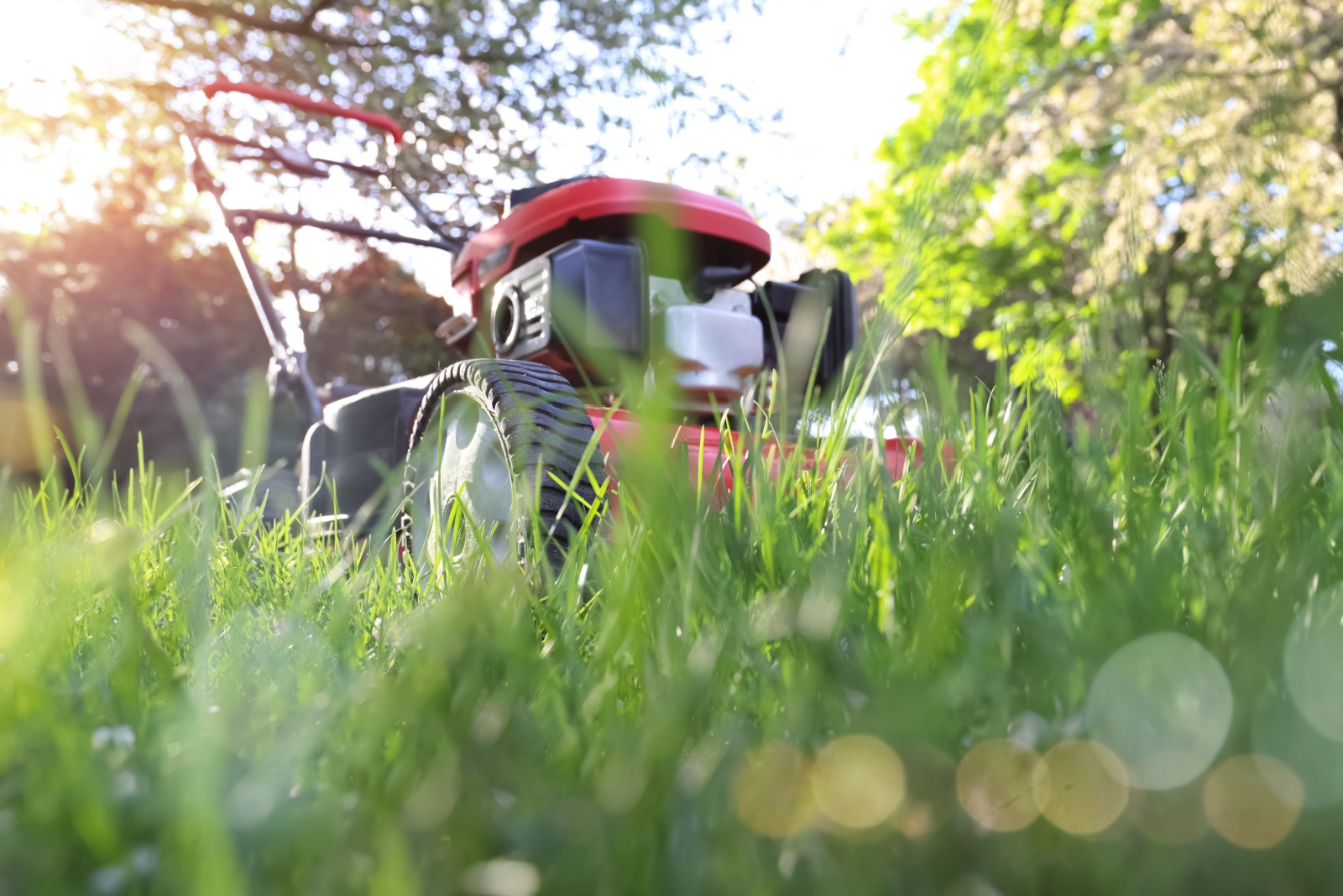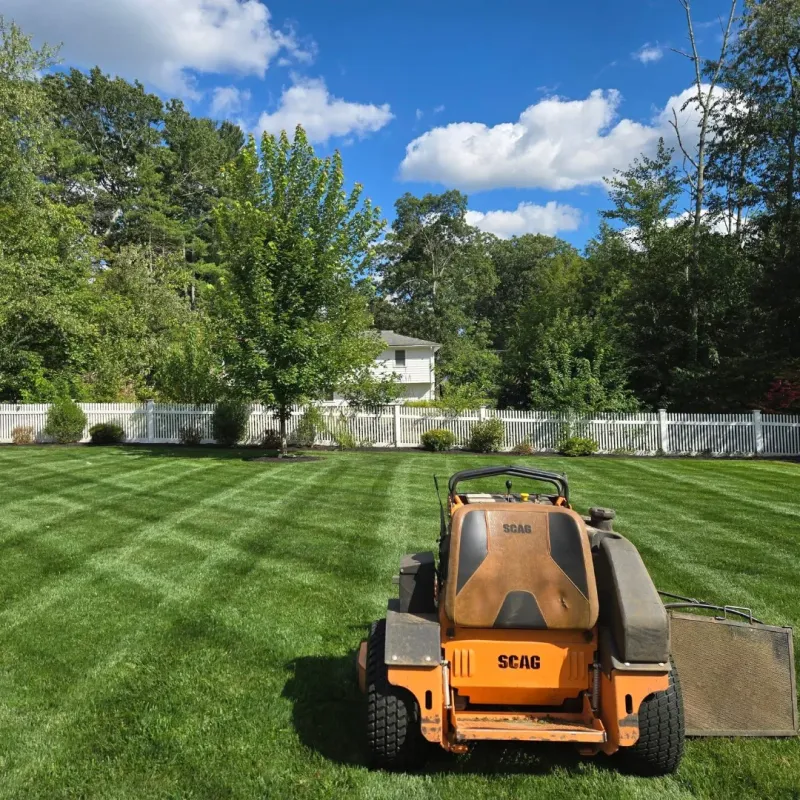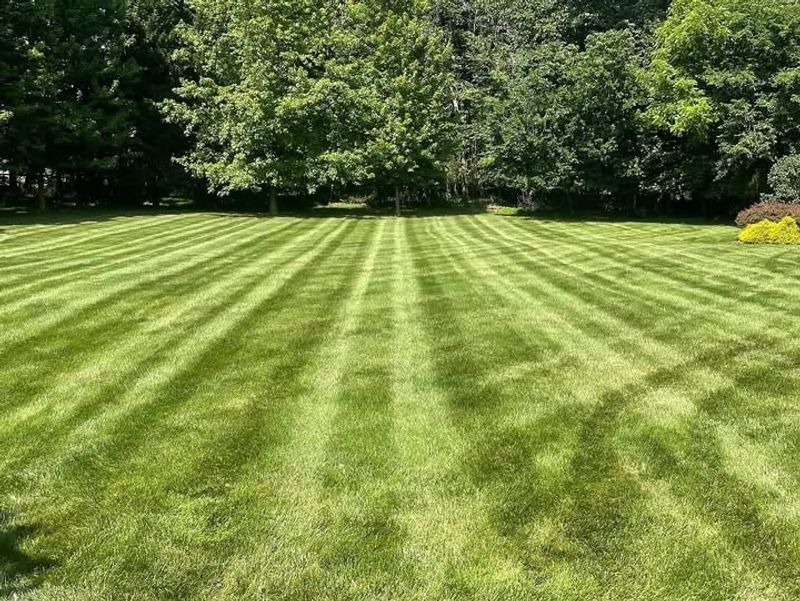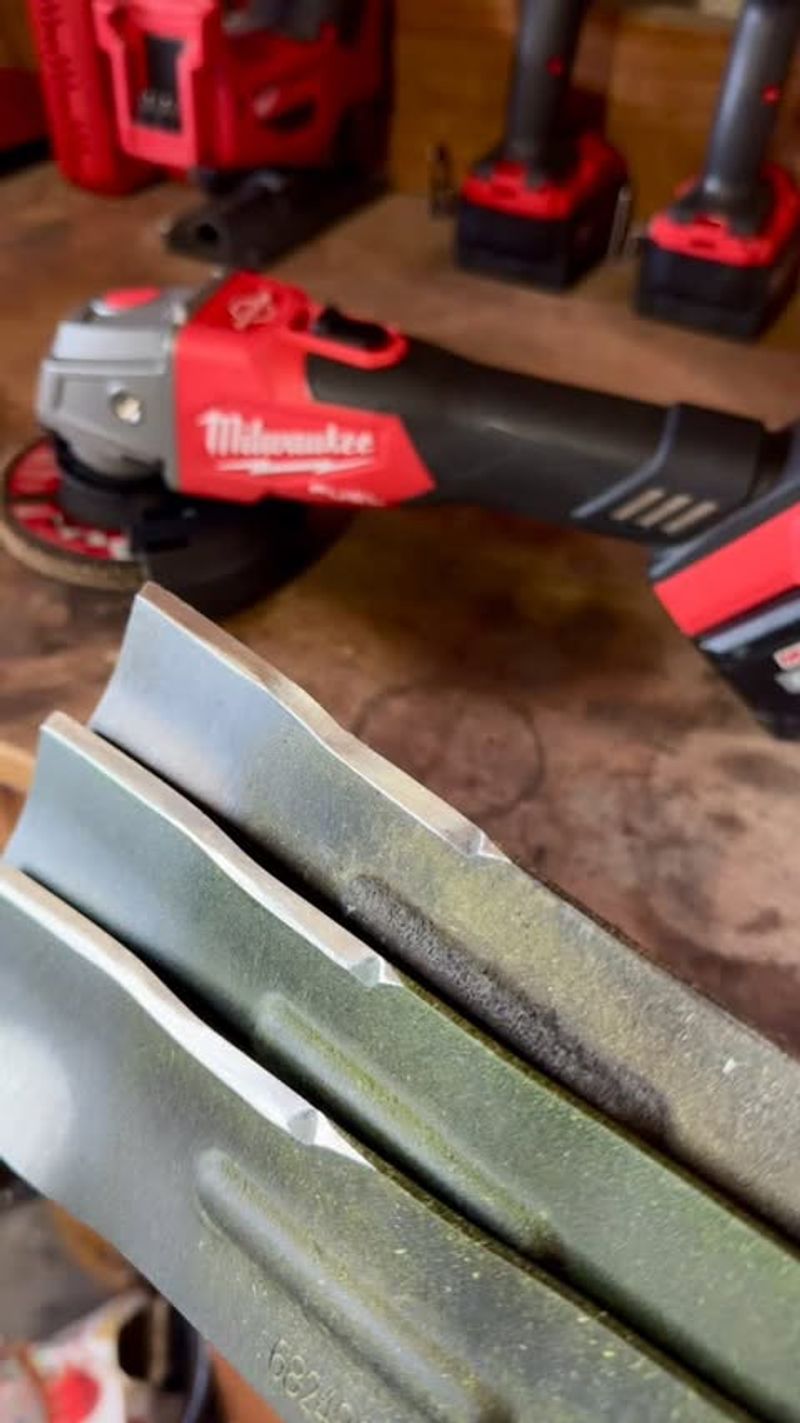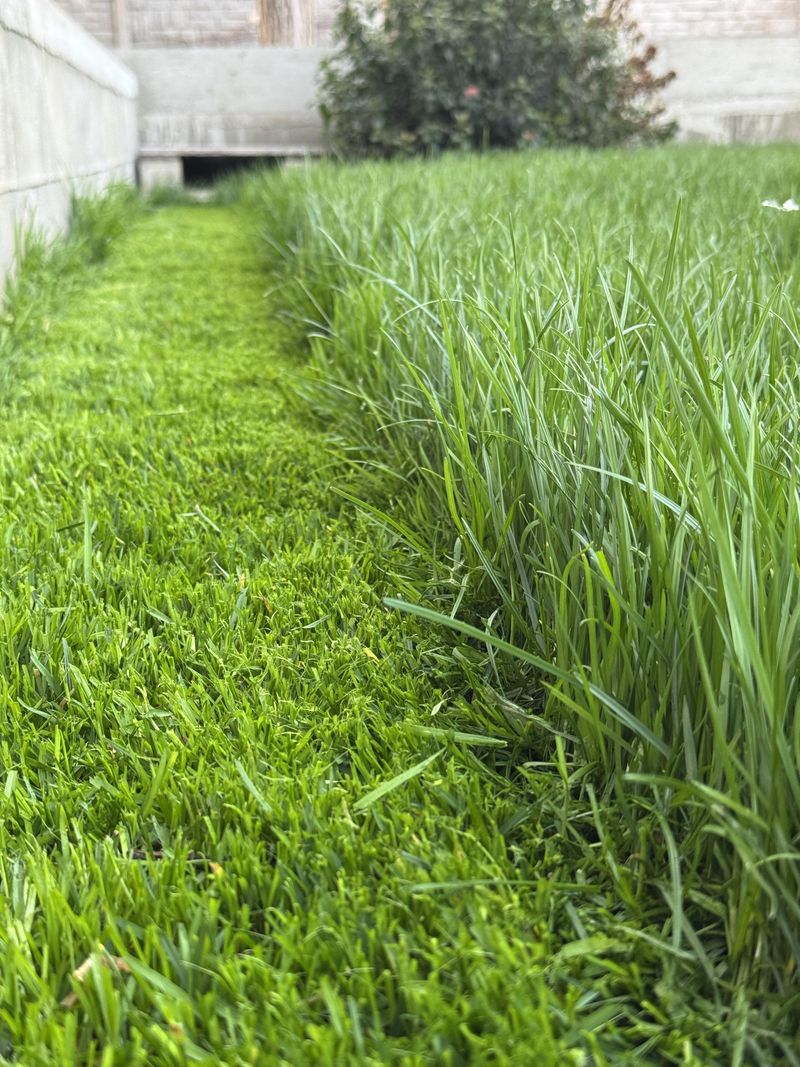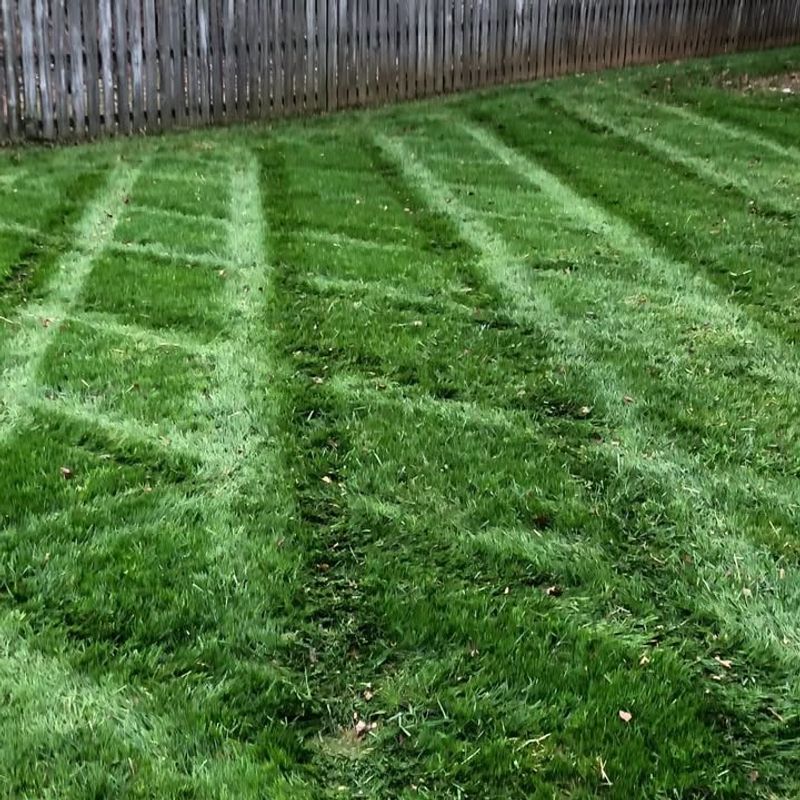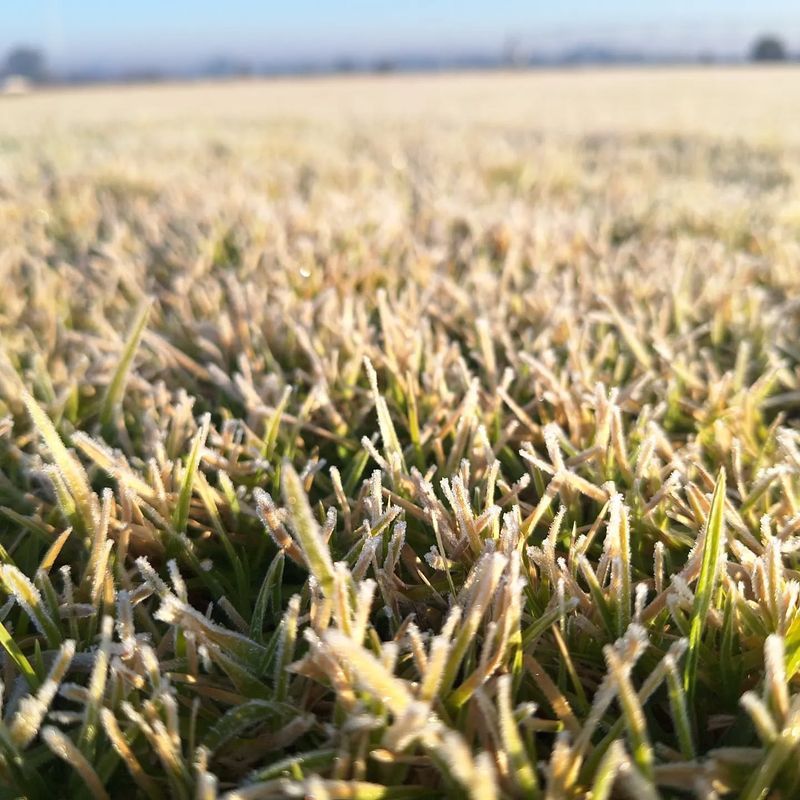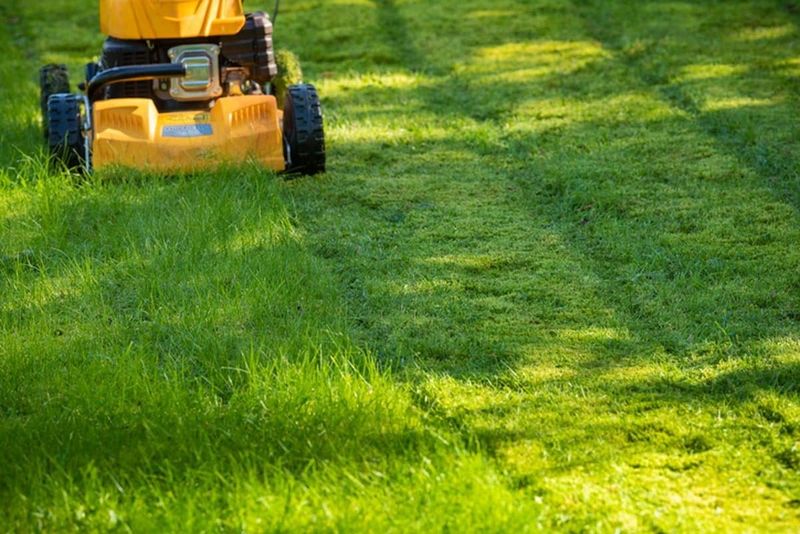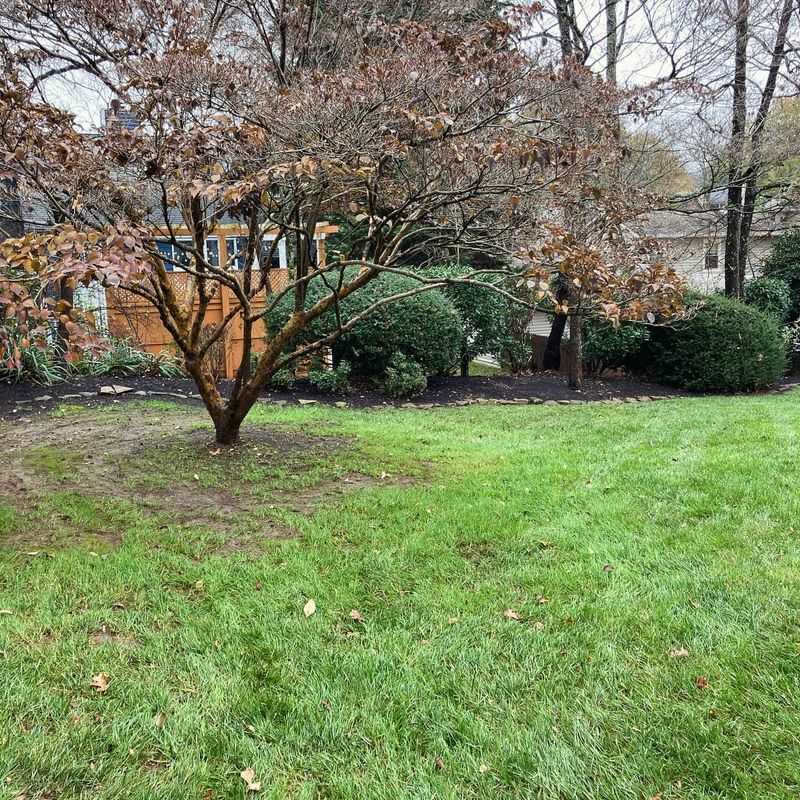October brings cooler temperatures and changing conditions to Colorado lawns, making it a crucial time to adjust your mowing habits. Getting your grass ready for winter doesn’t have to be complicated, but following a few smart guidelines will help your yard bounce back beautifully next spring.
Your lawn needs special attention this month to stay healthy through the cold months ahead. Here’s what you need to know to keep your Colorado grass in great shape.
1. Raise Your Mower Blade Height Gradually
Grass needs a little extra length before winter arrives. Raising your blade to about three inches helps Colorado lawns build stronger root systems and protects the crown from freezing temperatures.
Taller grass also shades the soil better, keeping moisture in and preventing weeds from taking over. Don’t raise the height all at once—make small adjustments over a couple of weeks so your lawn adapts without stress.
This gradual change keeps your yard looking neat while preparing it for dormancy.
2. Keep Mowing Until Growth Stops Completely
Many homeowners put their mowers away too early, thinking October means the end of lawn care. Colorado grass often keeps growing well into late autumn, especially if temperatures stay mild and moisture levels remain steady.
Watch your lawn closely and continue mowing whenever the grass reaches about four inches tall. Letting it grow too long invites disease and creates matting problems under snow.
Once growth truly stops and temperatures drop consistently, you can finally store your equipment for winter.
3. Sharpen Blades Before The Final Cut
Dull blades tear grass instead of cutting it cleanly, leaving ragged edges that turn brown and become vulnerable to disease. Before your last few mows of the season, take time to sharpen your mower blades or have a professional do it.
Sharp blades make cleaner cuts that heal faster, which is especially important as Colorado lawns prepare for winter stress.
This simple step makes a noticeable difference in how healthy your grass looks going into dormancy. Your lawn will thank you next spring.
4. Mow When Grass Is Dry
October mornings in Colorado often bring heavy dew or even frost, making grass wet and difficult to cut properly. Wet grass clumps together, clogs your mower, and creates uneven cuts that stress your lawn.
Wait until mid-morning or early afternoon when the sun has dried things out completely. Dry grass cuts cleaner and distributes clippings more evenly across your yard.
This practice also reduces the risk of spreading fungal diseases that thrive in damp conditions during cooler months.
5. Leave Clippings On The Lawn
Grass clippings return valuable nutrients back to your soil, acting like a natural fertilizer that feeds your lawn throughout October. In Colorado, where soil quality varies greatly, these clippings provide nitrogen and organic matter that improve overall health.
Make sure clippings are short and spread evenly so they don’t smother the grass underneath. Thick piles can block sunlight and create dead spots.
Mulching mowers work best for this purpose, chopping clippings finely for faster decomposition.
6. Avoid Mowing Frosted Grass
Frost makes grass blades brittle and fragile, so mowing over them causes serious damage. Walking or driving equipment across frosted turf breaks cell walls within the grass, leaving brown footprints and tracks that take weeks to recover.
Colorado often experiences surprise frosts throughout October, so check the forecast and inspect your lawn before starting your mower.
If you see white crystals coating the grass, wait until temperatures rise and the frost melts completely. Patience protects your lawn from unnecessary harm.
7. Change Your Mowing Pattern Each Time
Mowing the same direction every time compacts soil along those paths and causes grass to lean permanently in one direction. Colorado’s clay-heavy soils are particularly prone to compaction, which restricts root growth and water absorption.
Alternate your mowing pattern each session—try horizontal, vertical, and diagonal stripes throughout October.
This simple change encourages grass to grow upright and keeps your lawn looking fuller and healthier. Your turf develops better structure and resilience when you vary the pattern regularly.
8. Remove Leaves Before Mowing
Fallen leaves pile up quickly in October, and mowing over thick layers creates a suffocating mulch that blocks sunlight and traps moisture. Colorado lawns need airflow and light to stay healthy as they transition toward dormancy.
Rake or blow leaves off your grass before each mowing session, or use a mulching mower to chop light leaf cover into tiny pieces.
Heavy leaf layers should always be removed completely to prevent disease and dead patches. Clear grass breathes better and enters winter stronger.

